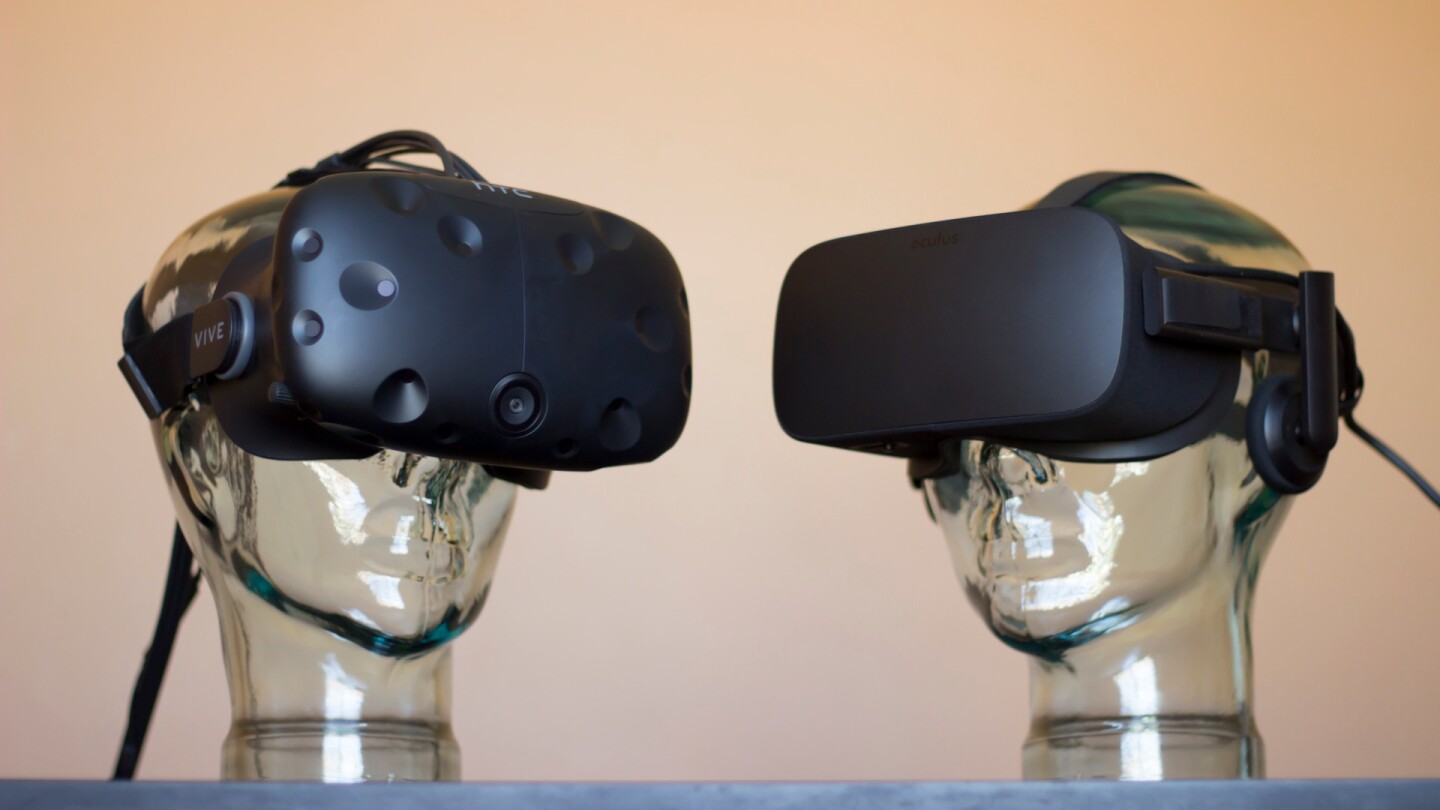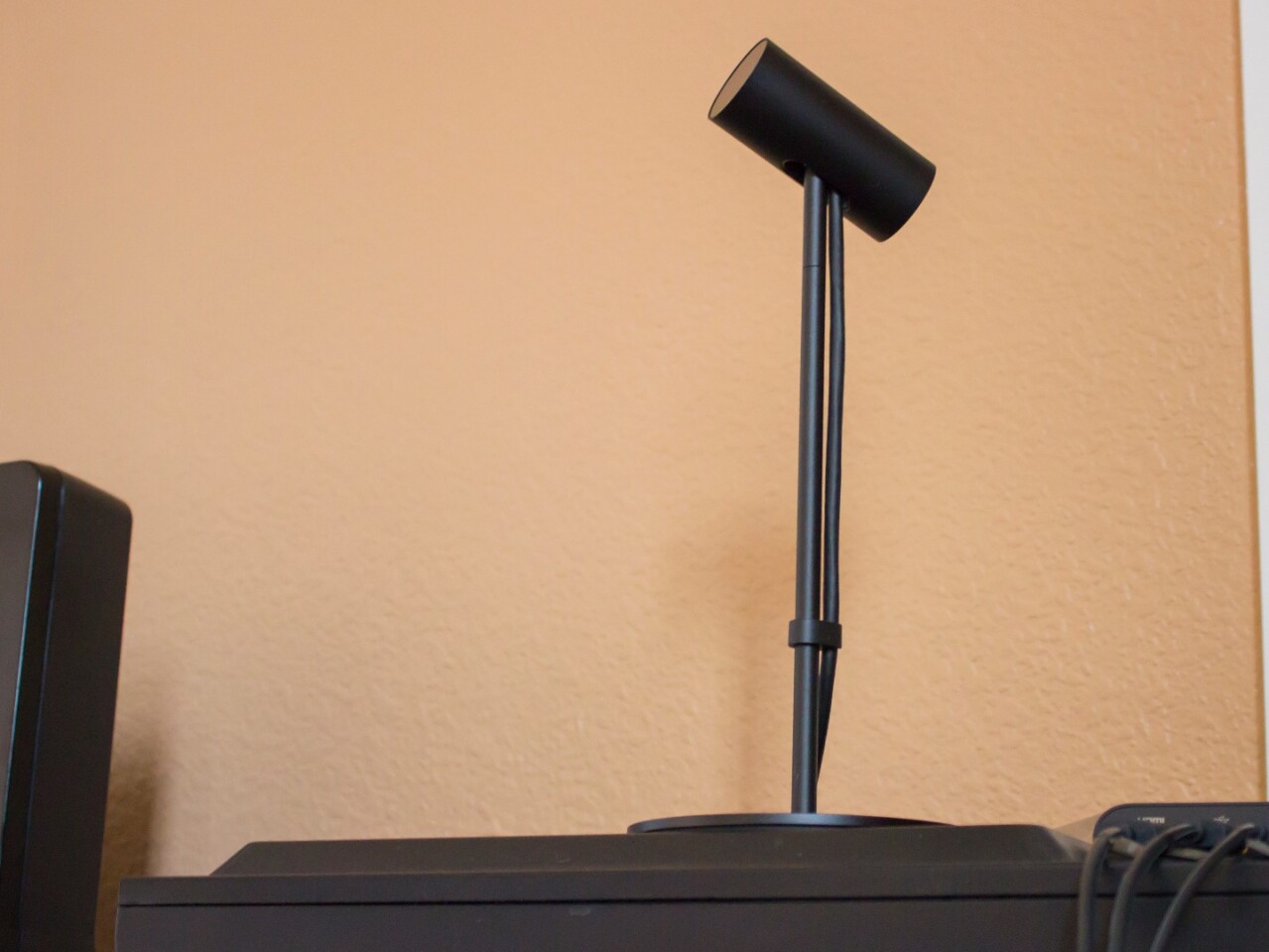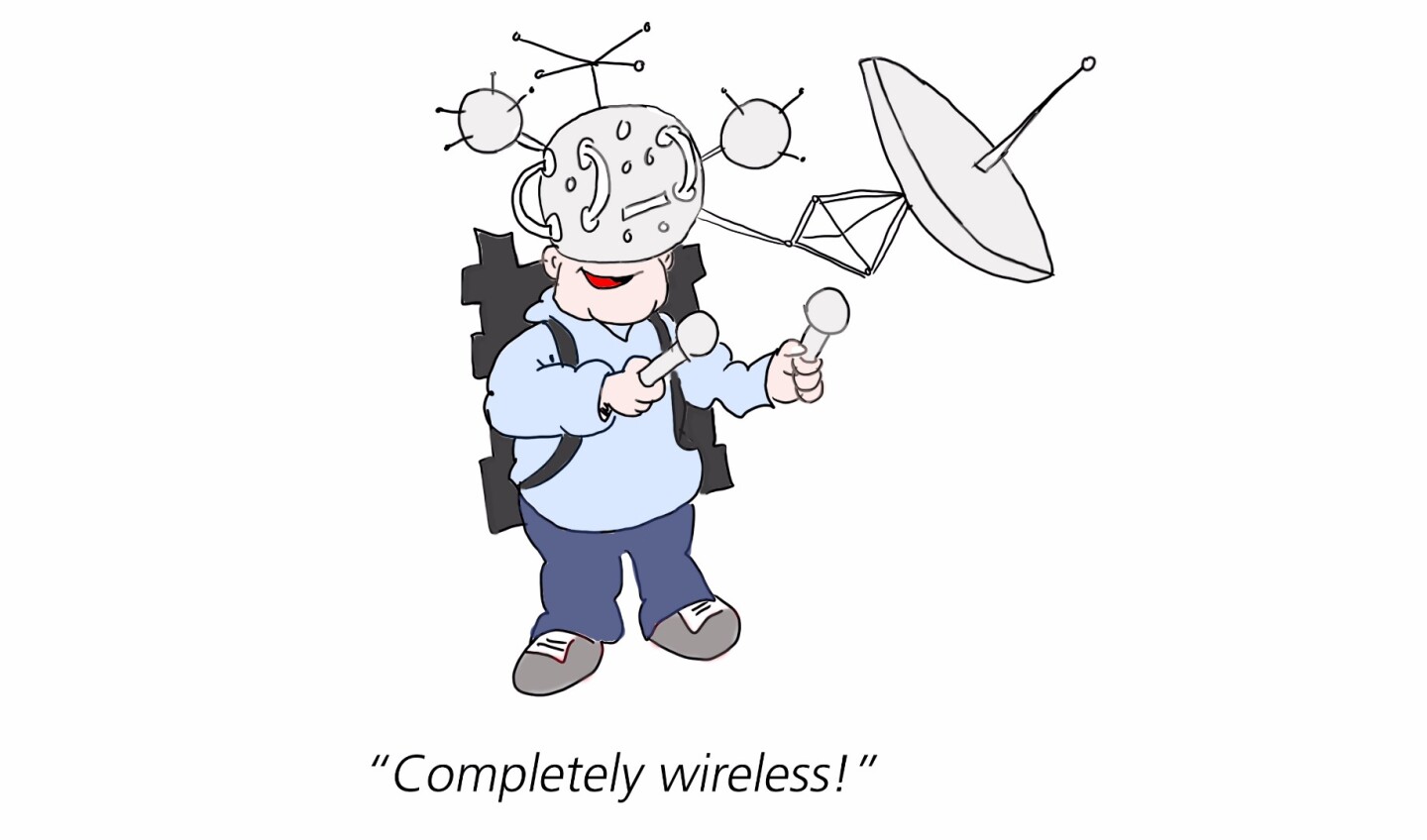Today's VR landscape looks something like this: HTC/Valve and Oculus on the premium high-end, Sony looming in the mid-range (comically bad motion controls and all) and Samsung/Oculus owning the entry-level mobile tier. Google is rumored to announce a headset of its own on Wednesday and, depending where in that spectrum it falls, could end up planting its flag in an unclaimed sweet spot that better balances quality, price and simplicity.
The whispers are pointing to this Wednesday's Google I/O keynote as being the moment when Google transitions its deceptively low-end Cardboard developer platform into full-blown Android VR. That same chatter is saying we'll see a standalone Google VR headset that doesn't require a PC, console or smartphone. VR with built-in everything.
Our first reaction to these rumors, a few months back, was that any standalone VR headset today would likely use smartphone guts, or only slightly better than smartphone guts, and wouldn't be much more than a Gear VR Plus where the phone was already built into the headset. The need for built-in graphics and processing power, fans and battery dictates that this would be either a lumbering monstrosity or something not much more powerful than smartphone VR.

After using the expensive and PC-laden HTC Vive and Oculus Rift (above) for more than a month, though, we are warming to the thought of a standalone, completely wireless headset that doesn't break the bank. We're smitten with the Vive and we also enjoy the Rift, but when you add up the cost of a US$950 gaming PC with a $600-800 headset, that isn't exactly a recipe for rapid mainstream adoption. And while their cables aren't a big deal right now, obviously VR will take a big step forward when the high-end stuff – or at least the mid-ranged, PSVR level stuff – goes completely wireless.
There's an opportunity here for Google, but there are also some boxes that its headset (assuming it exists) will need to tick for it to be a killer product.
Positional tracking

The Gear VR is already a very good budget headset (assuming you like using a Samsung phone) but it has one gaping hole in its lack of positional/spatial tracking.
In case you aren't already familiar: all VR headsets track your head's rotation, but those that don't have spatial tracking can't follow your leaning, standing/crouching or walking. Do those things on the Gear VR (or any other mobile VR) and the entire virtual world moves with you – an unnatural sensation that instantly breaks your sense of immersion. I have a video game world strapped to my head that follows me wherever I go.

Even if Google's headset were only about as powerful as (or slightly more powerful than) the Gear VR, adding positional tracking of some kind could give it an enormous advantage. An external sensor, like the Rift's above, would be one way to do it. Built-in sensors that accurately track body movement from within the headset would be even better – taking the whole self-contained thing to the extreme.
If Google can take tracking a step further and support Vive-like room-scale VR, that would kick this device's importance up several more notches. With room-scale, though, it would also need something like Valve's Chaperone system, so you can avoid taking an unfortunate head-first spill into a wall or bookshelf.
Balancing size and horsepower

No standalone VR headset today is likely to be anywhere near as powerful as the Vive or Rift – there's a reason we put high-end gaming PCs inside towers, and not smartphone-sized mobile devices. A standalone headset that powerful would need an enormous battery, a big graphics card, fans and some advanced sensors. Imagine walking around with something that makes you look like, if not the cartoon above, then Rick Moranis from Spaceballs (if you're too young, just Google it).
But if Google goes too light and sleek, the headset probably won't be any more powerful than a smartphone-based headset. The Android VR headset of our dreams would need to hit the right balance point, where it's just big enough to hold some semi-powerful internals (as well as having no overheating concerns and a battery big enough to last at least two or three hours), but not so big that you have a friggin' gaming PC strapped to your head.
If Google can squeeze a PSVR level of horsepower inside a standalone headset that's maybe just a little bigger than the Vive, that's a product we could get very, very excited about. It probably won't be that powerful, but we can dream.
Great motion controls

If Sony had good motion controllers for PlayStation VR, we wouldn't even be talking about a mid-ranged void in VR. Based on our event demos, Sony's otherwise nice headset is plagued by horrible motion controls dug up from the Wii era. Google can't make that same mistake.
The standalone Android VR headset would need not just gamepad input but also some kind of tracked hands controls, so you can pick up objects and wield weapons in first-person experiences. The Oculus Rift doesn't have this at launch, and it's one of the (several) things making it fall behind the Vive.
More than just having tracked controllers, though, the Android VR headset needs controllers with accuracy and ergonomics that are up there with Oculus Touch and the Vive controllers. Anything in the realm of Sony's PlayStation Move, with choppy and laggy tracking and thick, phallus-like grips, would make Google's product another whiff at making the first killer mid-ranged headset.
We're going to go on a limb and say Google's headset will have motion controllers and it will support room-scale. Why? Two words: Tilt Brush.

Over a year ago, Google bought Skillman & Hackett, makers of the VR art-making app Tilt Brush that's already available for the Vive. Google may be a multi-platform friendly kind of company, but it isn't likely to have bought a key VR app just so it can bundle it with the Vive – a product Google has no other direct relation to.
Mark our words: Tilt Brush is going to be on Android VR at some point. And since it requires hands controllers and room-scale, we think this Android VR headset is going to support those. If not this week, then sometime down the road.
Games

This is the area we're the least certain about. And the answer to it may depend on whether Google is showcasing a future product this week, or if it has something that's ready to start shipping.
Right now Google Cardboard's selection of content is ... okay. There's some solid mobile VR stuff there, but it's all very entry-level-ish with no support for positional tracking and overall quality that trails (by a wide margin) even behind Gear VR apps.
If this headset is going to start shipping soon, then Google had better have an impressive list of developer partners who have already cooked up unannounced, exciting new content. Because even if the headset ticked all of the other boxes, that same device with the Play Store's current VR catalog would create an early adopter syndrome – where you have this awesome new piece of gear and no good games to play on it.
If we're only seeing an announcement this week, with, let's say, a pre-holiday release, then that would be a little different. That would give developers some time to cook up new experiences, port some Rift and Vive content or adapt lower-end Cardboard games for the higher-end Android VR experience. If we had to bet, we'd say that's the more likely scenario: hardware and software announcement this week at I/O, with headset shipping in October or November.
Price
The last big box Google needs to tick is pricing. Even if the headset has positional tracking, great ergonomics, pretty decent horsepower and a solid launch game library, a $1,000 price tag might be too high.
A $500-700 range might be the sweet spot here. Go much lower than that and you probably have a watered-down device that misses the mark on one or more of the above requirements (though that may well be what we end up getting). Go much higher and it's creeping too close to Vive and Rift pricing. $500-700 ain't cheap, but if that could give you a fairly powerful standalone headset with everything built-in, we could get behind that.
Stay tuned
No matter what, it's going to be very interesting to see what Google has in store this Wednesday. We'll be on the ground at Google I/O with hands-on impressions of anything VR-related that's on display.
For more VR coverage, you can check out our reviews of the HTC Vive, Oculus Rift and Gear VR, as well as our latest event impressions of PlayStation VR.











